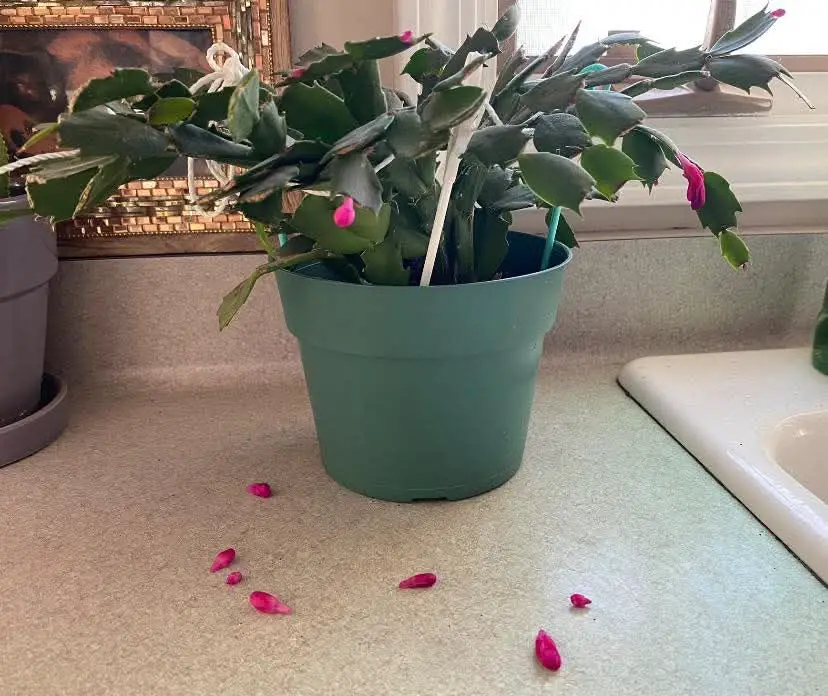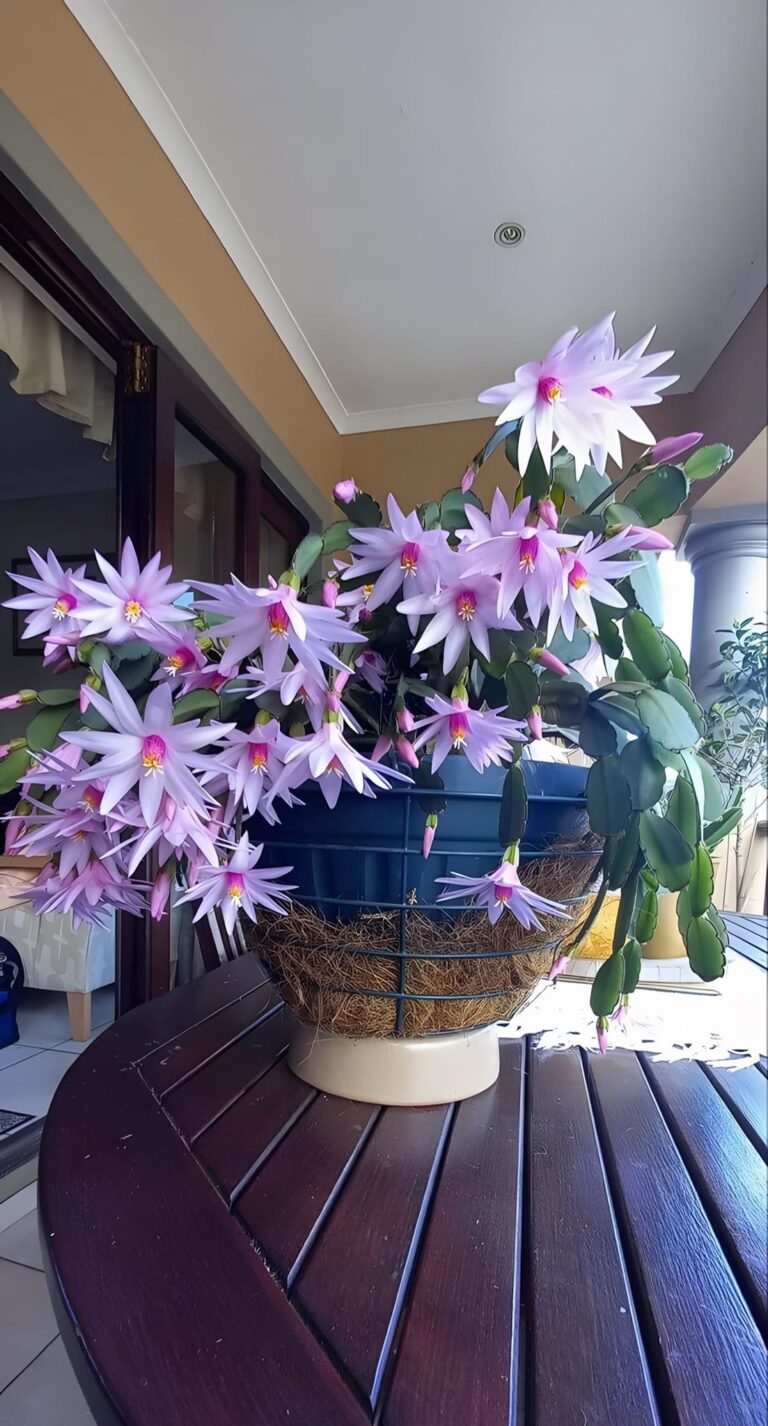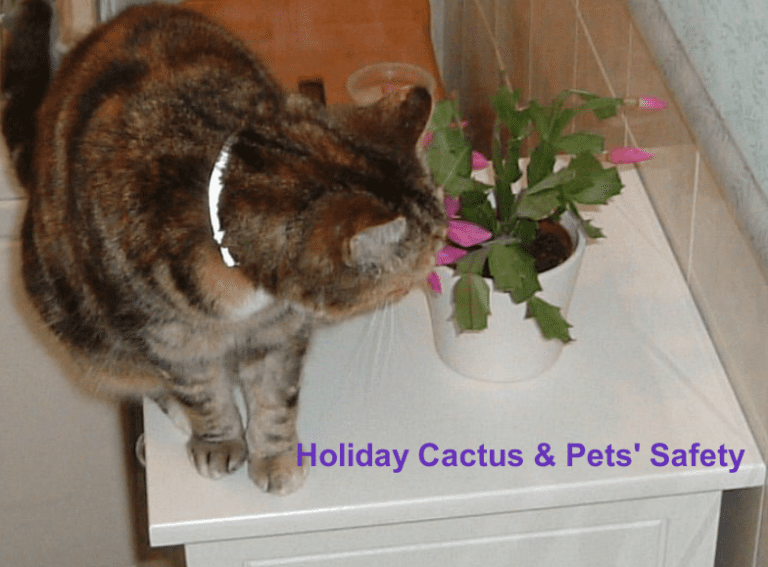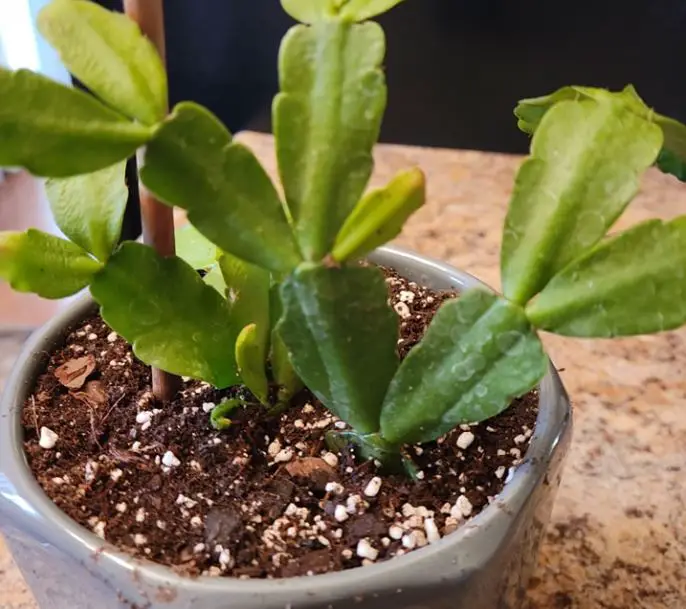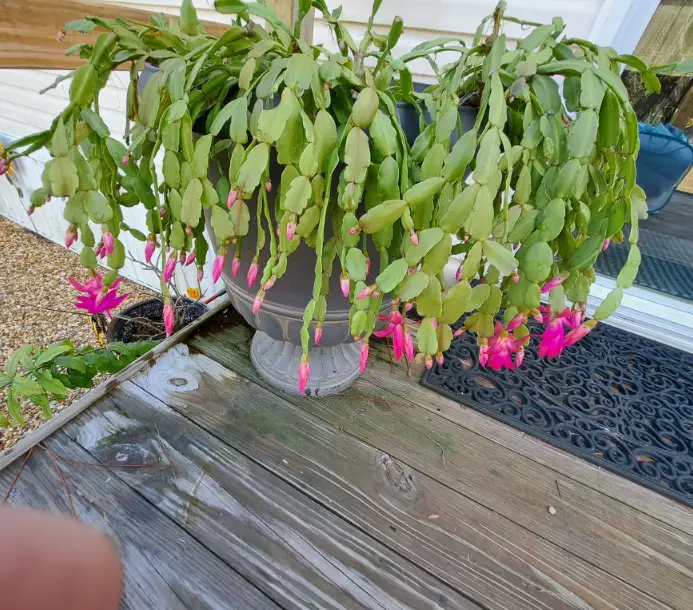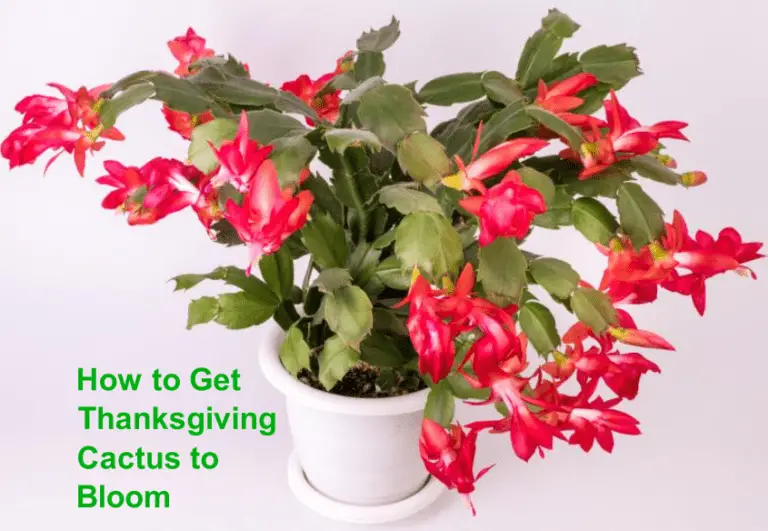Explained: Why Is My Thanksgiving Cactus Dropping Buds?
Thanksgiving cacti are the unsung heroes of holiday decor. Their vibrant blooms—pink, red, white, or orange—light up homes just as we’re planning Black Friday hauls. But nothing stings quite like watching those precious buds drop before they even open.
I’ve been there, staring at my cactus in despair as tiny buds littered the soil below. If your Thanksgiving cactus is dropping buds, don’t panic. Let’s dive into why this happens and how you can nurse your plant back to its blooming glory.
Before we troubleshoot, let’s get to know this plant. The Thanksgiving cactus (Schlumbergera truncata), often confused with its cousin the Christmas cactus, is a tropical succulent native to Brazil’s rainforests. Unlike desert cacti, it thrives in humid, shaded environments.
Its segmented stems and colorful blooms make it a holiday favorite in American homes. But when buds drop, it’s a sign your cactus is stressed. I learned this the hard way when my first cactus shed half its buds after I left it too close to a drafty window.
Common Reasons Your Thanksgiving Cactus Is Dropping Buds
Bud drop, or bud blast, is frustrating but fixable. The main culprits? Environmental stress, improper care, or pests. Below, I’ll break down the reasons your Thanksgiving cactus might be losing buds and share actionable solutions to help it flourish.
1. Inconsistent watering
Thanksgiving cacti are picky about water. Too much or too little can trigger bud drop. I once overwatered mine, thinking it needed daily sips like my other houseplants—big mistake. The soil stayed soggy, and the buds fell like confetti. These plants prefer slightly moist soil, not a swamp.
Solution
Water when the top inch of soil feels dry. Use a well-draining potting mix, like one designed for succulents. I mix in some perlite for extra drainage. Ensure your pot has drainage holes—standing water is a death sentence for roots.
2. Temperature fluctuations
Thanksgiving cacti hate sudden temperature changes. Last year, I placed mine near a heater vent, and within days, buds were dropping. These plants love stable temperatures between 60-70°F (15-21°C). Drafty windows, radiators, or air vents can shock them.
Solution
Keep your cactus in a spot with consistent temperatures. Avoid placing it near doors, windows, or heating sources. If your home gets chilly at night, move the plant to a warmer room. The Missouri Botanical Garden recommends maintaining a stable environment to encourage blooming.
3. Low humidity
Coming from tropical rainforests, Thanksgiving cacti crave humidity. Most homes in the U.S., especially in winter, are dry due to heating systems. Low humidity can stress the plant, causing buds to drop. I noticed my cactus struggled in my Chicago apartment until I started misting it.
Solution
Increase humidity around your plant. Place a tray of water with pebbles near the cactus or use a humidifier. Misting the leaves lightly can help, but don’t overdo it. Aim for 50-60% humidity. Grouping plants together creates a humid microclimate.
4. Improper lighting
Light is a big deal for Thanksgiving cacti. Too much direct sunlight burns the buds, while too little prevents blooming. I once stuck mine in a dark corner, thinking it would be fine. Nope—buds dropped, and the plant looked sad. These cacti need bright, indirect light to thrive.
Solution
Place your cactus near a north- or east-facing window. If you only have sunny windows, use a sheer curtain to diffuse light. About 12-14 hours of darkness daily trigger blooming, so avoid leaving it under artificial lights at night.
5. Nutrient imbalance
Thanksgiving cacti need nutrients to support blooming, but too much fertilizer can cause buds to drop. I made the rookie mistake of overfeeding mine with a high-nitrogen fertilizer, which led to lush leaves but no flowers.
Solution
Use a balanced, water-soluble fertilizer (like 10-10-10) diluted to half strength every 2-4 weeks during the growing season (spring and summer). Stop fertilizing in fall when buds form.
6. Pests or diseases
Pests like spider mites or mealybugs can weaken your cactus, causing bud drop. I once found tiny webs on my plant and realized spider mites were to blame. Fungal issues from overwatering can also harm roots, leading to bud loss.
Solution
Inspect your plant regularly. Wipe leaves with a damp cloth to remove dust and pests. For spider mites, use insecticidal soap or neem oil. If you suspect root rot, repot the cactus in fresh, well-draining soil.
7. Stress from repotting or moving
Thanksgiving cacti don’t like change. Repotting or moving them during bud formation can cause stress, leading to bud drop. I learned this when I repotted mine right before Thanksgiving—bad timing.
Solution
Repot every 2-3 years in spring, after blooming ends. Use a pot just one size larger to avoid overwhelming the roots. Once buds form, keep the plant in one spot. Simply minimize movement during the blooming phase.
How to Prevent Bud Drop in the Future
Now that we’ve tackled the causes, let’s talk prevention. Here’s how I keep my Thanksgiving cactus happy year-round:
- Create a bloom-friendly environment: In fall, give your cactus 12-14 hours of uninterrupted darkness nightly for 6-8 weeks to trigger budding. I put mine in a spare room with no artificial light. Keep temperatures around 60-65°F (15-18°C) during this period.
- Water wisely: Stick to a consistent watering schedule. I check the soil weekly and water only when it’s dry an inch down. In winter, I water less since the plant is dormant.
- Monitor humidity and light: I use a small humidifier in my living room during winter to keep humidity up. My cactus sits on a table near an east-facing window, getting bright but filtered light.
- Prune for health: After blooming, I trim leggy stems to encourage bushier growth. This also helps the plant focus energy on future blooms.
- Check for pests: I inspect my cactus monthly for pests, especially in dry winter months when spider mites thrive.
My Personal Journey with Thanksgiving Cacti
I’ll be honest—my first Thanksgiving cactus was a disaster. I bought it on a whim at a local nursery, charmed by its pink buds. But I treated it like my other succulents, giving it full sun and sparse water. By Thanksgiving, it was a budless mess.
After some research and advice from a local gardening group, I realized my mistakes. Now, my cactus is the star of my holiday table, bursting with blooms every November. It’s not just about following rules—it’s about understanding what this plant needs to feel at home in your space.
FAQs
Here are frequently asked questions about the Thanksgiving cactus bud drop
Q: Why does my Thanksgiving cactus drop buds even when I water it correctly?
A: Bud drop can stem from temperature swings, low humidity, or too much light. Check your plant’s environment—stable temperatures (60-70°F), 50-60% humidity, and bright, indirect light are key.
Q: Can I save buds that have already started dropping?
A: It’s tough to save buds once they start falling, but stabilizing the environment can prevent further loss. Avoid moving the plant, adjust watering, and ensure proper light and humidity.
Q: How do I know if my cactus is a Thanksgiving or Christmas cactus?
A: Thanksgiving cacti have pointed, claw-like segments, while Christmas cacti have rounded edges. Thanksgiving cacti bloom in November, while Christmas cacti bloom closer to December.
Q: Should I fertilize my cactus when it’s budding?
A: No, avoid fertilizing during budding or blooming. Feed lightly in spring and summer to support growth, then pause in fall and winter.
Q: Why are my cactus buds turning yellow before dropping?
A: Yellowing buds often signal overwatering or poor drainage. Check the soil and roots for rot, and repot if needed. Ensure the pot has drainage holes.
Final Thoughts
A Thanksgiving cactus can be a joy to grow, but it demands a little tender loving care to keep those buds intact. By maintaining consistent watering, stable temperatures, proper lighting, and adequate humidity, you’ll set your plant up for success.
I’ve learned through trial and error that these cacti reward patience and attention with stunning blooms that brighten any home during the holiday season. So, check your plant’s environment, make small adjustments, and enjoy the vibrant display.
Got a question about your cactus? Drop it below, and I’ll do my best to help!
Tim M Dave is a gardening expert with a passion for houseplants, particularly cacti and succulents. With a degree in plant biology from the University of California, Berkeley, he has vast experience in gardening. Over the years, he has cultivated a vast collection of desert plants and learned a great deal about how to grow and care for these unique companions.
